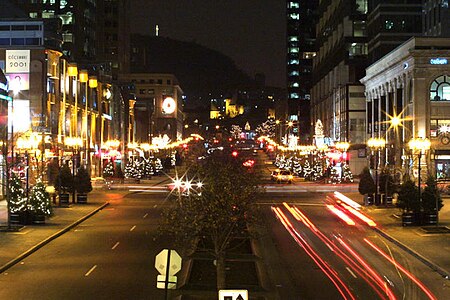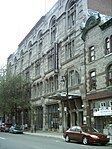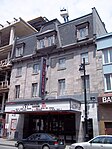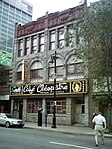Ville-Marie, Montreal
Academic enclavesBoroughs of MontrealPages with non-numeric formatnum argumentsVille-Marie, Montreal

Ville-Marie is the name of a borough (arrondissement) in the centre of Montreal, Quebec. The borough is named after Fort Ville-Marie, the French settlement that would later become Montreal (now Old Montreal), which was located within the present-day borough. Old Montreal is a National Historic Site of Canada. The borough comprises all of downtown Montreal, including the Quartier des spectacles; Old Montreal and the Old Port; the Centre-Sud area; most of Mount Royal Park as well as Saint Helen's Island and Île Notre-Dame. In 2016, it had a population of 89,170 and an area of 16.5 square kilometres (6.4 sq mi).
Excerpt from the Wikipedia article Ville-Marie, Montreal (License: CC BY-SA 3.0, Authors, Images).Ville-Marie, Montreal
Boulevard René-Lévesque Ouest, Montreal Ville-Marie
Geographical coordinates (GPS) Address Nearby Places Show on map
Geographical coordinates (GPS)
| Latitude | Longitude |
|---|---|
| N 45.508556 ° | E -73.562846 ° |
Address
Hydro-Québec
Boulevard René-Lévesque Ouest
H2Z 1A2 Montreal, Ville-Marie
Quebec, Canada
Open on Google Maps











